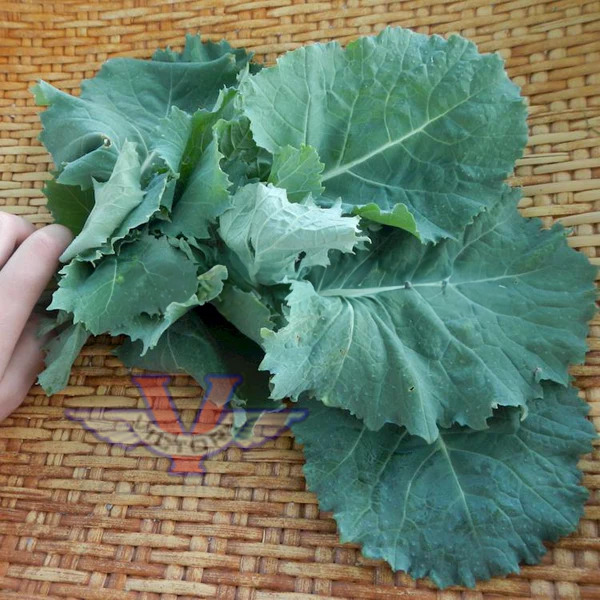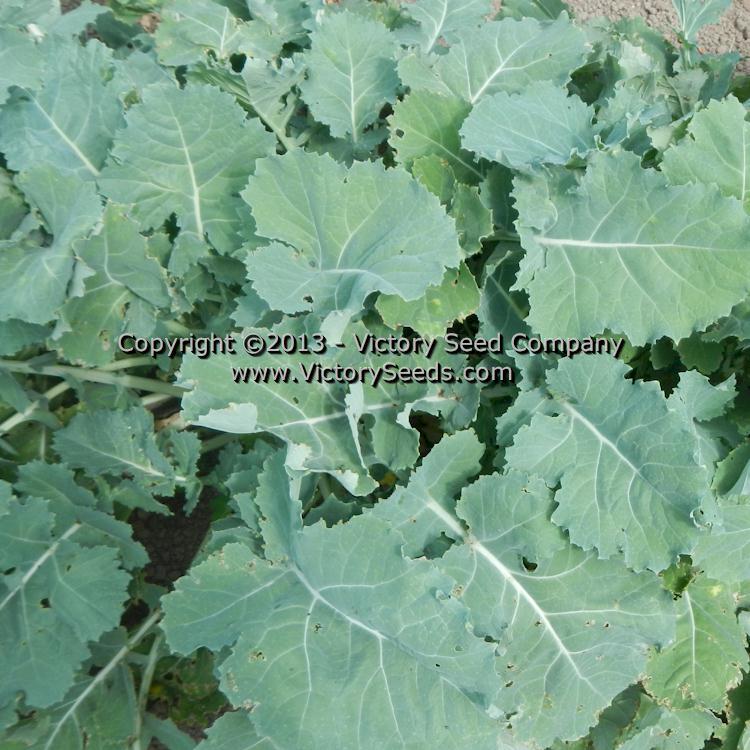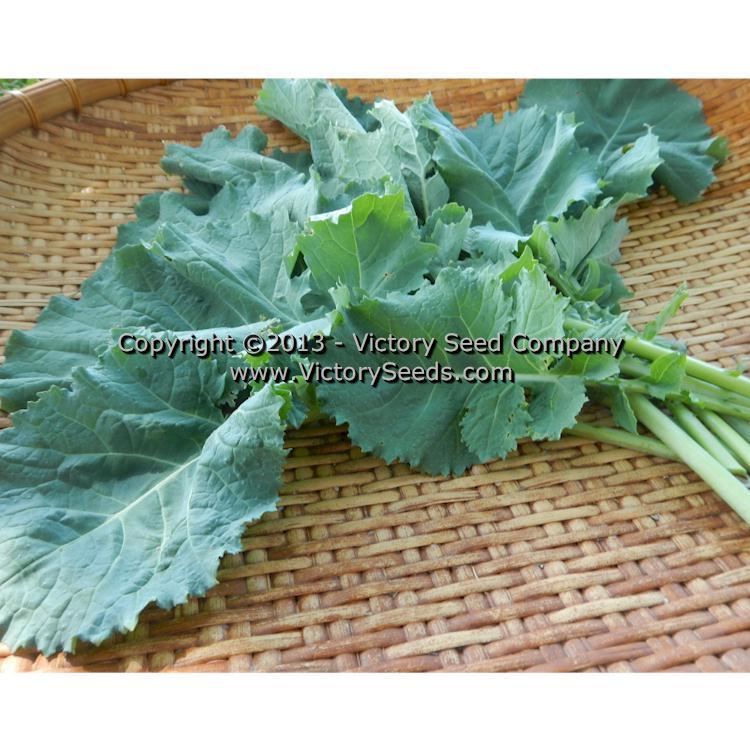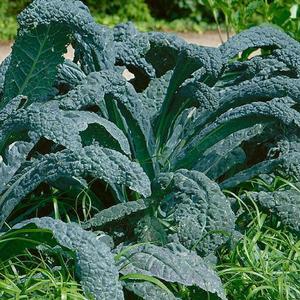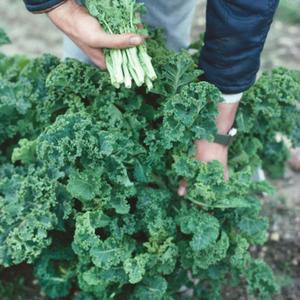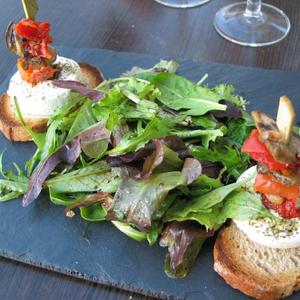


Premier Kale
Brassica oleracea var. viridis
Price: $2.95
SKU: 3210061Choose a variant:
Premier
65 days — Also known as 'Early Hanover', 'Premier' kale can be planted in early spring and used, when tender and young, fresh in salads or on sandwiches as a more nutritional alternative to lettuce. It is also good as a cooked green or roasted with a little olive oil and salt. 'Premier' kale tends to stand a couple of weeks longer into the summer (does not bolt to seed as fast) than other similar varieties.
Sow again in late summer / early fall for a winter / spring harvest. It is also an excellent choice as a forage crop. For example, our chickens love kale and some fresh greens in the winter are as good for animals as they are for us. Developed by the Virginia Agricultural Experiment Station as an open pollinated selection out of Dwarf Siberian an introduced in about 1983.[1] Each packet contains one gram, which is approximately 250 seeds.
Special Groups: Hydroponics
Planting Instructions: Kale grows best in cool weather. When established, it will tolerate frost. Can be sown in garden as soon as danger of hard frost is past.
Sow seeds ½ inches deep, one inch apart, in rows 24 inches apart. Cover with loose soil. Thin plants to about twelve inches. Avoid disease by not planting where other Brassica (cole crops) plants have grown in the past year or two.
Provides a continuous supply of tasty leaves if you pick from the bottom up. It is cold hardy and the flavors become sweeter and more complex after a hard frost.
Informational References:
- "Vegetable Cultivar Descriptions for North America – Kale: Lists 1-27 Combined," Edited by Mark W. Farnham, USDA/ARS Vegetable Laboratory, Charleston, SC.
Customer Reviews:
Do you have experience with this one? 📝 📣 Write a review!
★★★★★ Tender and sweet
By Paula Beach on January 13, 2016
By Paula Beach on January 13, 2016
I can't say enough about this kale. It is sweet and tender, not too crinkly so it's easy to clean, is plump and juicy, and freezes well. It makes a tasty soup. In my garden, I had no trouble with disease and the only pests that bothered it were slugs. I did have some cabbage worms hatch on these plants, but they decided they didn't like it and crawled over to my cabbages instead. This plant is remarkably hardy; only the first real freeze finally killed it. It never did bolt, even at 95 degrees. It grows very big, so you will want to space them a full two feet apart.
